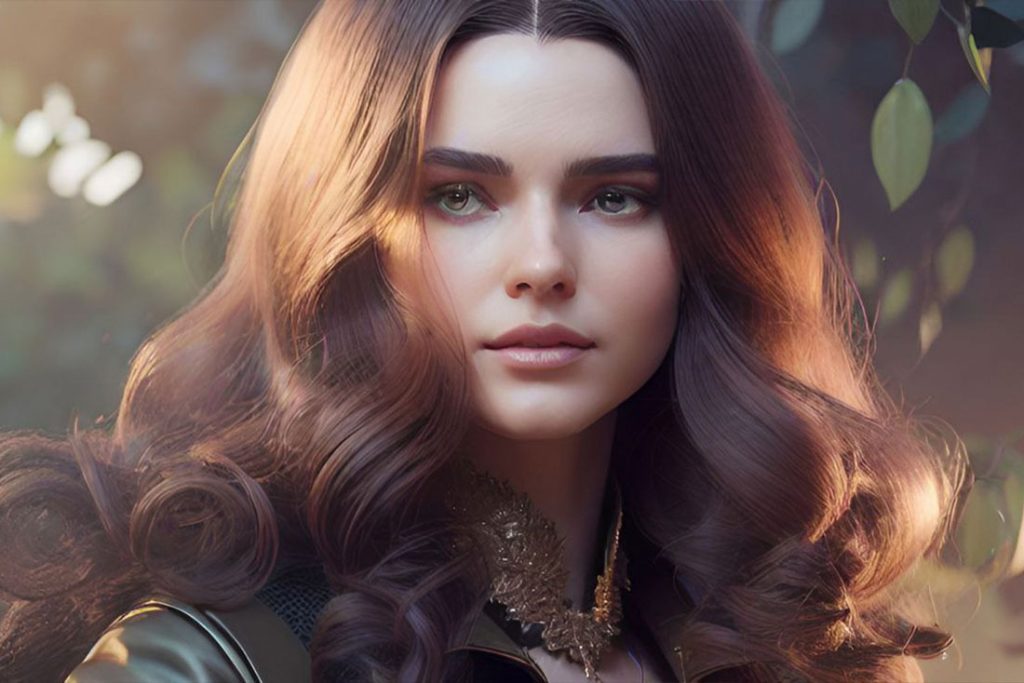Principle 1of Hair Design: Proportion
In the vast expanse of art, fashion, and design, proportion holds an unparalleled significance. When translated into hair design, the concept of proportion becomes even more intriguing and vital. It moves beyond simple ratios and delves deep into the heart of aesthetics, ensuring that hair design harmonizes perfectly with individual features, making a style more than just a statement – a reflection of the person’s essence.

In the vast expanse of art, fashion, and design, proportion holds an unparalleled significance. When translated into hair design, the concept of proportion becomes even more intriguing and vital. It moves beyond simple ratios and delves deep into the heart of aesthetics, ensuring that hair design harmonizes perfectly with individual features, making a style more than just a statement – a reflection of the person’s essence.
Defining Proportion
Proportion, in its essence, refers to the harmonious relation of parts to the whole or to each other. It’s about balance, symmetry, and ensuring that one aspect doesn’t overpower another. The way we perceive proportion isn’t just about physical balance; it’s an intricate dance of aesthetics, where visual pleasure meets individualistic expression.
The Integral Role of Facial and Head Proportions
Every face has its unique geometry – the distance between the eyes, the length of the nose, the curve of the lips. These distinct features command specific attention when crafting a hairstyle. A style that flatters a heart-shaped face might not complement a square-shaped face. Understanding these subtleties ensures that the hair doesn’t just sit on the head but flows seamlessly with the facial contours, accentuating its strengths and downplaying its less prominent features.
Body Proportions and Hair Design: Crafting the Total Image
While the face is the primary focus, the body cannot be ignored. The stature, build, and posture play a pivotal role in determining the perfect hairstyle. A hairstyle needs to be in sync with the individual’s physical presence.
- Classical Measurements: Traditionally, the distance from the top of the head to the chin has been a benchmark for understanding body proportions. This measurement acts as a yardstick, ensuring that the hairstyle doesn’t overshadow or underplay the person’s physique.
- Width Matters: A fundamental rule in hair design is ensuring the hair width doesn’t exceed the midpoint of the shoulders. This rule maintains balance and ensures that the hair complements rather than contrasts with the body structure.
- Trendy Exceptions: While classical rules provide a foundation, modern hair design often bends these rules, especially for avant-garde or runway looks. However, these exceptions always have a rationale rooted in aesthetics.

Choosing Styles Based on Body Types
Recognizing body types and understanding their nuances can significantly influence hair design decisions.
- Smaller Frames: Those with petite body structures tend to benefit from hairstyles that are cropped to shoulder-length, accentuated by gentle wave patterns. This provides an illusion of height and complements their delicate stature.
- Taller, Fuller Proportions: Medium to long hairstyles, adorned with softer curls or waves, can beautifully complement individuals with a taller or fuller build, adding a touch of elegance.
- Challenges of Broader Frames: Clients with broader shoulders or hips often find that hairstyles with added volume balance their physique, drawing attention upwards and creating a harmonious look.
- Petite Perceptions: Upswept tall hairstyles, while dramatic, might look overpowering on someone petite, making them appear dwarfed.
Conclusion
The artistry of hair design is more profound than just cutting and styling. It’s about understanding an individual’s entirety – their face, their body, their essence. Proportion in hair design, thus, is not a mere principle; it’s the very essence of creating styles that resonate, reflect, and redefine. Through a deep understanding of proportion, a cosmetologist doesn’t just style hair; they sculpt masterpieces.






